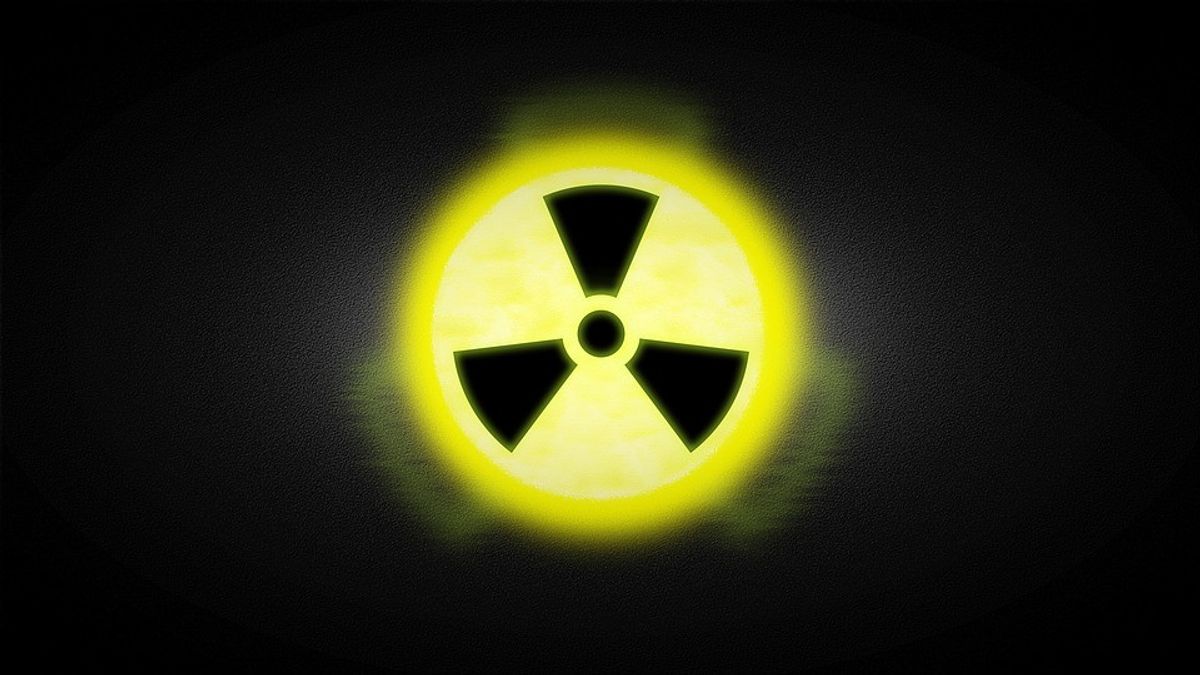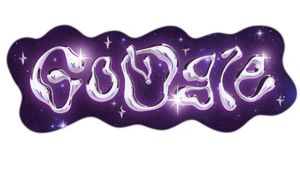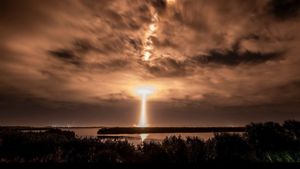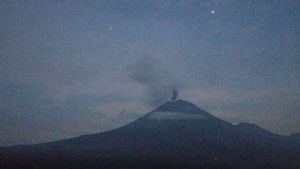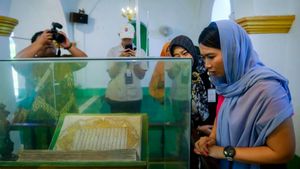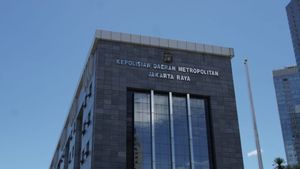JAKARTA - NASA wants to build nuclear power plants on the Moon and Mars and is asking the private sector to build them. NASA's international mission Artemis is set to put humans back on the Moon with a base at the south pole. Space mining, space domination, and space weaponry are the dark side of this industry and sadly, it may be unavoidable.
If humanity is serious about space exploration, establishing colonies on distant planets, and traveling without refueling, a quantum leap is needed in energy technology. The energy used in space today is expensive and dirty rocket fuel or the rather fragile solar panels of low-voltage spacecraft.
As the space and mission industries set new targets, wanting to go where they've never been before, energy demands must lead to innovation.
NASA and the US Department of Energy issued a call to contractors to design, build, launch, and land nuclear fission plants on the Moon and Mars. The plant will use enriched uranium.
The initial idea of using nuclear fission started at NASA in 2006. But the idea changed from a very small nuclear plant that produces 10 kilowatts to a nuclear plant that produces a minimum of 40 kilowatts and can be scaled up continuously.
The agreement for the new NASA contract has no official budget limit. As aerospace and contracting companies continue to rise, companies will most likely dig into these opportunities like sharks in a feeding frenzy.
SEE ALSO:
The privatization of space has been astonishing which cites the Blue Origin-SpaceX-NASA Lunar lander contract lawsuit as an example of how things can go wrong. Even more concerning is how China and Russia will view this new project. If the US develops a nuclear uranium-enriched power plant on the Moon, other countries will surely follow suit.
Experts think that the best source of energy on the Moon is Helium-3. Helium-3 and the new fusion technology are not only clean and produce no toxic waste but also have superior energy generation capacity. Even new solar technologies can do a better job overall.
The Artemis base at the Moon's south pole is a beacon for international space cooperation, a multi-country project. Powering this NASA beacon with non-renewable nuclear fission is a contradiction in terms and certainly not the best or safest energy option for the future of space exploration.
The English, Chinese, Japanese, Arabic, and French versions are automatically generated by the AI. So there may still be inaccuracies in translating, please always see Indonesian as our main language. (system supported by DigitalSiber.id)
